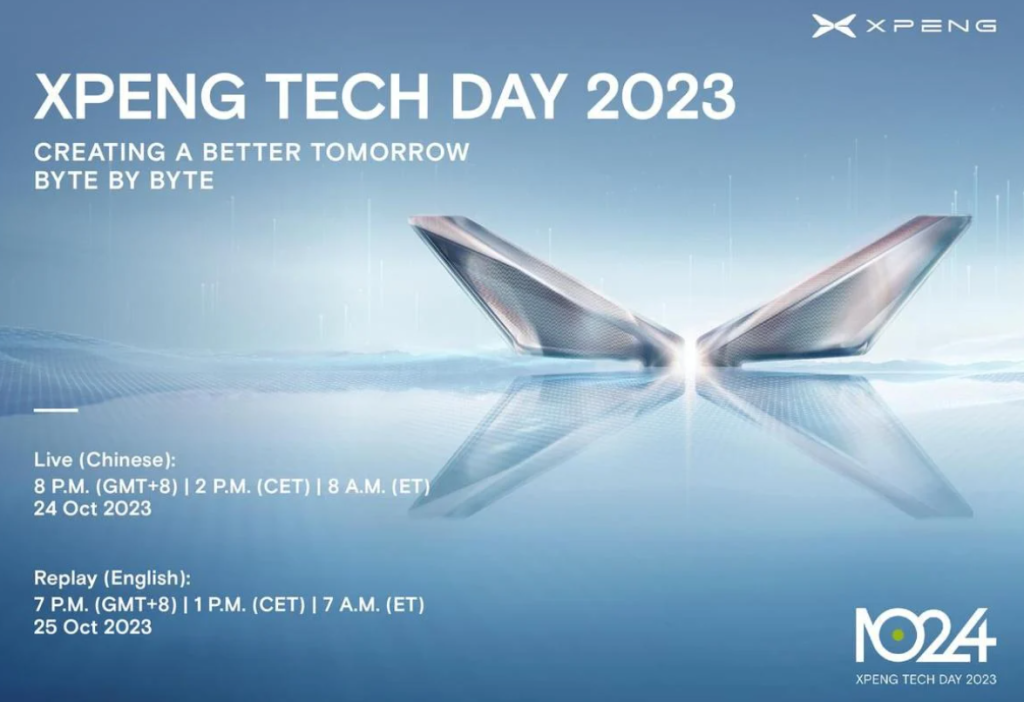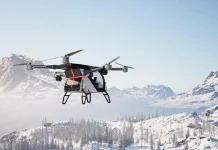In a bold move to stay ahead in the fiercely competitive smart-driving landscape, Chinese electric vehicle startup Xpeng Motors has announced ambitious plans to expand its advanced driver assistance system (ADAS) across mainland China.
At the company’s annual Tech Day event, CEO He Xiaopeng unveiled Xpeng’s X NGP (Navigation Guided Pilot) software, currently operational in five mainland Chinese cities, which will be introduced in 20 more cities next month and an additional 25 by December. This expansion will enable some of Xpeng’s models, including the P7, G9, P5, and G6, to navigate autonomously following an over-the-air software upgrade.

He Xiaopeng stated “We are highly confident of our [self-driving] technology. The expansion pace will accelerate. Xpeng will deliver on its promise to make semi-autonomous cars available in more urban areas.” The company aims to have its ADAS available in 50 cities by December, with a nationwide rollout across China and Europe by 2024.
At the event, Xpeng showcased its groundbreaking X9, touted as the world’s first multi-purpose vehicle model equipped with rear-wheel steering as a standard feature. This innovation allows the seven-seater, three-row van to handle similar to a regular-sized sports utility vehicle. The X9, Xpeng’s entry into the Chinese MPV segment, will be officially launched at the Guangzhou Motor Show on November 17.
Notably, Xpeng is embracing a cost-effective approach to self-driving technology. The company is transitioning to a more affordable hardware suite by relying heavily on cameras and artificial intelligence, a move reminiscent of Tesla’s strategy. Xpeng has incorporated advanced occupancy networks, featuring deep neural networks that predict occupancy in three-dimensional space, enabling collision avoidance. This technology allows for the removal of certain sensors while maintaining high-definition spatial positioning and longer-range visibility.
Additionally, Xpeng’s cutting-edge XOS smart cabin system, powered by Qualcomm’s 8295 processor, will debut in the X9. This system offers a split-screen mode, allowing drivers and passengers to run different applications simultaneously for efficient multitasking.

In a bid to diversify its offerings, Xpeng teased the future of electric vehicles by revealing its first multi-purpose vehicle model and highlighting its progress in bringing flying cars closer to reality. The company also showcased a working prototype of its humanoid robot, echoing Tesla’s earlier introduction of its Optimus bot.
Xpeng surprised audiences at its Tech Day event by unveiling two prototype electric vertical takeoff and landing vehicles (eVTOLs). One model, featuring a foldable design, integrates wings and components into the vehicle body, although CEO He Xiaopeng acknowledged the need to address safety concerns. The second prototype, designed on a modular system, allows for the separation of flight and automobile components. This innovative model boasts a roomy interior with five seats on the road and functions on an extended-range hybrid engine, capable of recharging its aircraft component while driving. In the air, it operates in an all-electric mode, accommodating two passengers.
Alongside these groundbreaking developments, Xpeng showcased its humanoid robotic prototype, the PX5, which demonstrated impressive abilities in navigating diverse terrains and picking up hand-held objects like pens. He Xiaopeng said that he envisions a future where these AI-powered machines could play roles in Xpeng’s factories or even engage with customers at showrooms, possibly within the next year.
With these groundbreaking developments, Xpeng Motors remains at the forefront of the smart-driving revolution, poised to revolutionize the future of transportation in China and beyond.
Related:
- Volkswagen’s new SUV unveiled in collaboration with XPeng at Munich Motor Show
- XPeng Motors Sets Sights on European Expansion in 2024
- Tesla’s Market Share Rises Again in the US, Canada, albeit Slowly
(via)







